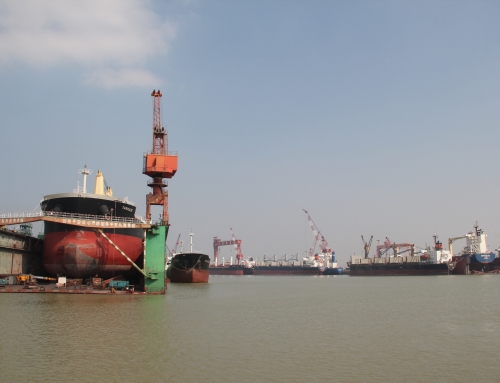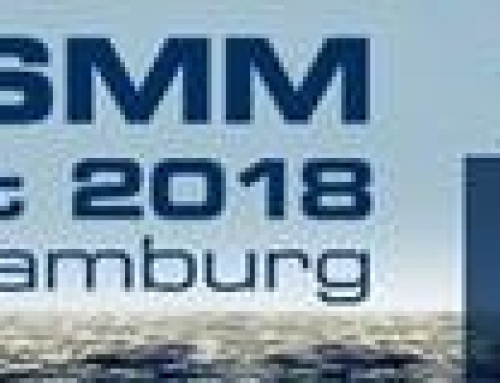The conventional shipping industry is still in an ongoing consolidation process. Freight rates in the container shipping industry are averagely decreasing whereas the tanker rates and the bulker rates are increasing. These improvements as well as the regulations harmonization and the aging fleet are giving an optimistic outlook for the ship repair market in the second half of 2018.
Furthermore the shipyards are getting ready to serve the first wave of ballast water retrofits. The last IMO extension on BWTS helped shipping managers to make the retrofitting in consideration of shipyard capacity manageable. German owners are all in line to install BWTS with the upcoming dockings in the next years. Apart from the price the sustainability and functionality are important criteria for the technical managers.
Another subject in big discussions is the sulphur cap in 2020 and the option to reach same. The industry is not yet united if exhaust gas cleaning systems (e.g. scrubbers), low sulphur oil, LNG or none of the above will be the future solution. Shipyards are awaiting the outcome of future owner’s decisions to prepare for the first wave to come.
The ongoing growth in the cruise shipping industry on the other side is sustaining a satisfying workload for shipyards and repair yards. Post newbuilding repairs and “green” retrofits are keeping the industry engaged.





